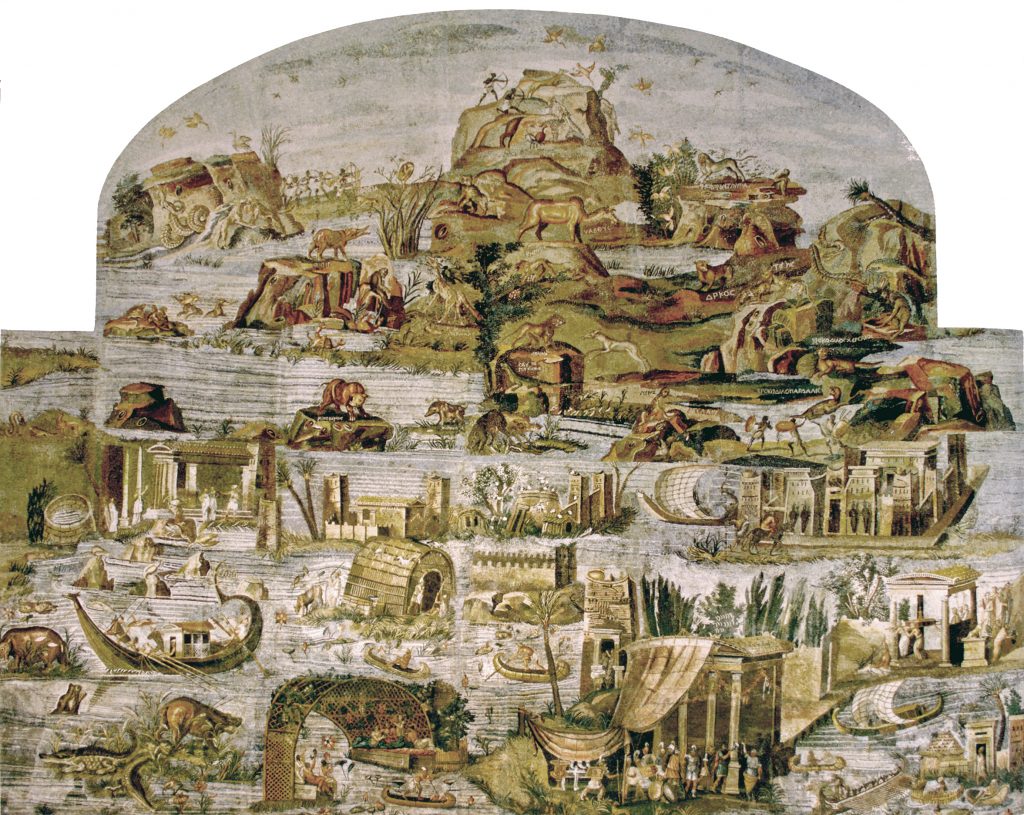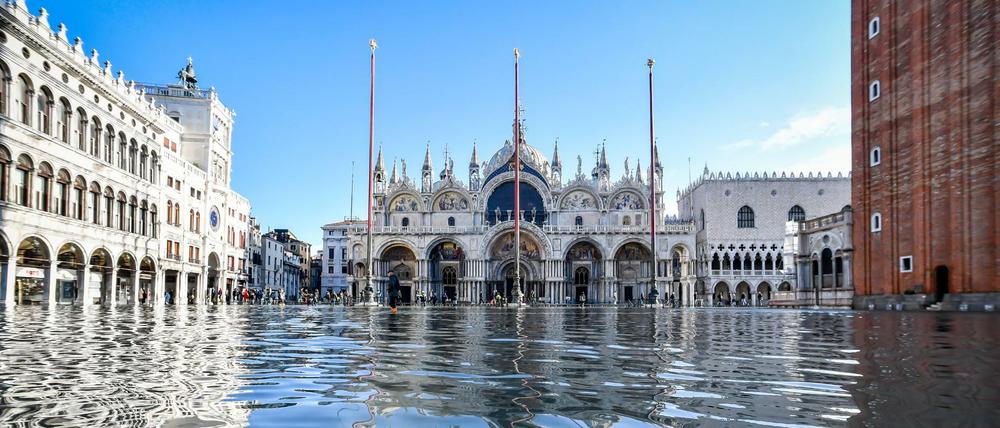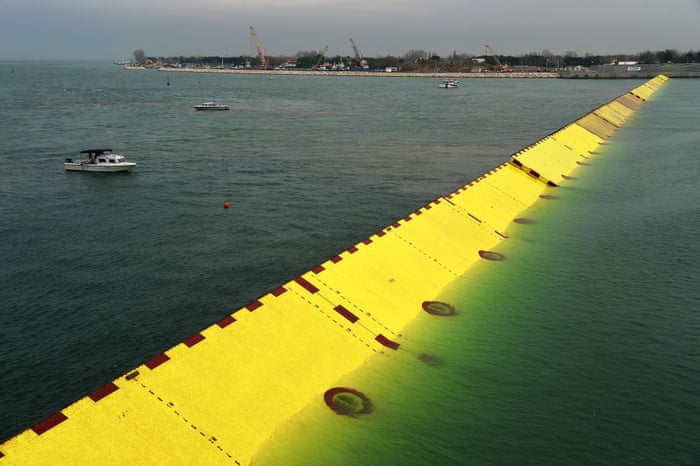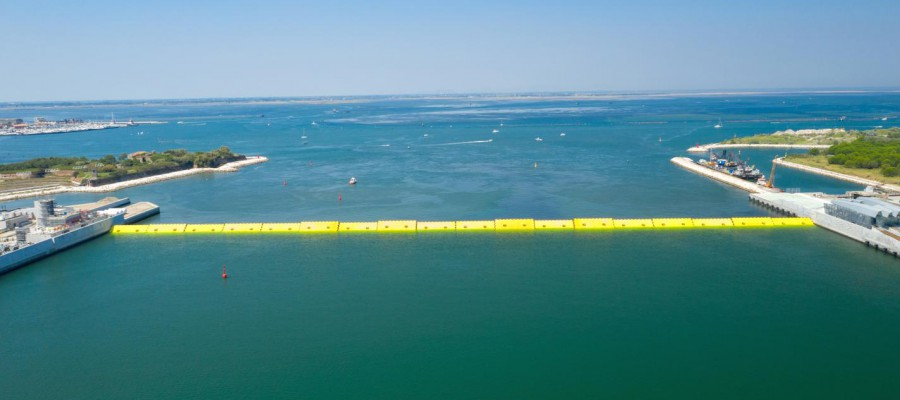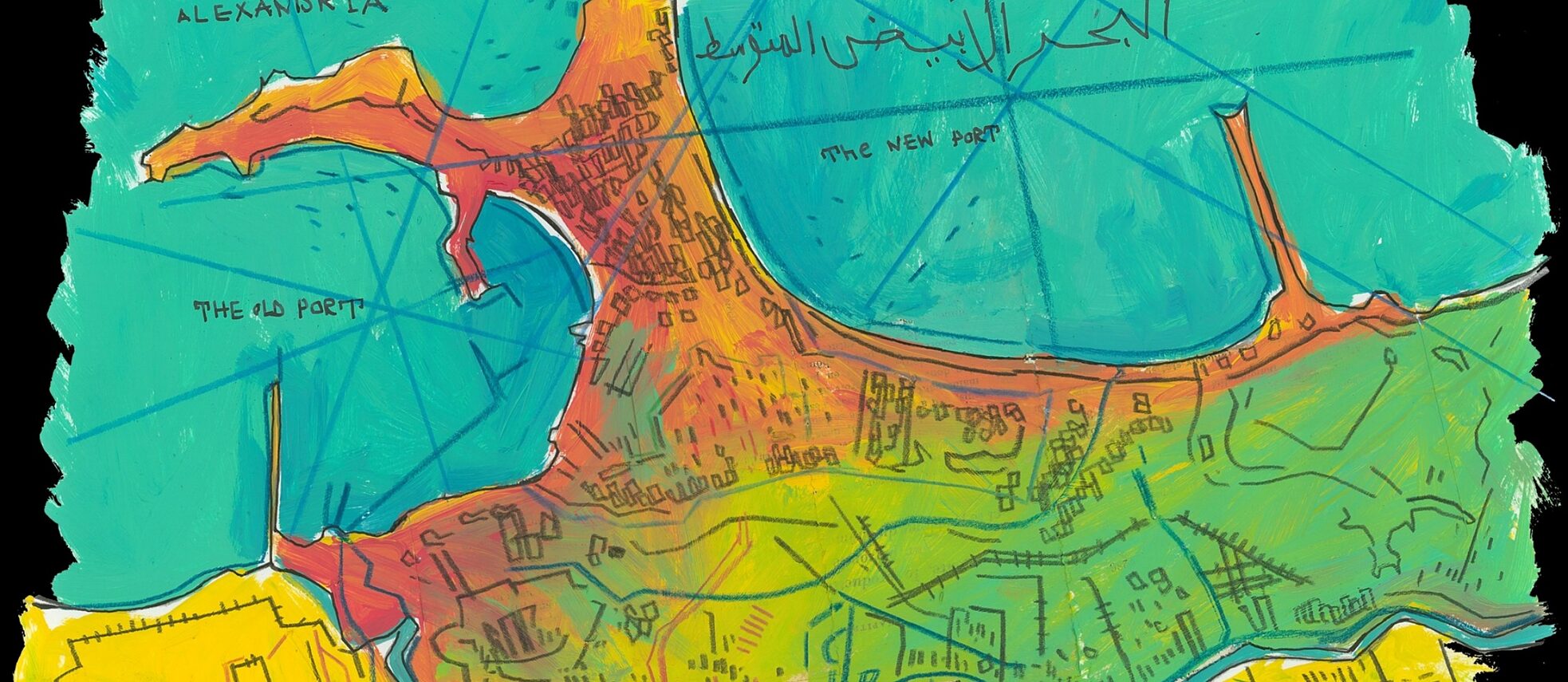This is the famous section from the 28. book of the “Res Gestae”, the history written by Roman historian Ammianus who lived from around 330 – 400 CE. It describes the earthquake and tsunami of July 21. 365 CE which shook the whole Mediterranean. The scene described by Ammianus is most likely set at the coast of Sicily. As the author mentions, areas as far as the Egyptian shore were affected by tsunamis resulting from the earthquake which had its epicenter near Crete. The city of Alexandria was heavily destroyed and the event was publicly remembered in the city for at least a hundred years as the “Day of Fear”. As Egyptian researcher Yasmine Hussein explained to me, it takes less than 40 minutes for a tsunami from Crete to arrive in Alexandria.
“For a little after daybreak, preceded by heavy and repeated thunder and lightning, the whole of the firm and solid earth was shaken and trembled, the sea with its rolling waves was driven back and withdrew from the land, so that in the abyss of the deep thus revealed men saw many kinds of sea-creatures stuck fast in the slime; and vast mountains and deep valleys, which Nature, the creator, had hidden in the unplumbed depths, then, as one might well believe, first saw the beams of the sun.
Hence, many ships were stranded as if on dry land, and since many men roamed about without fear in the little that remained of the waters, to gather fish and similar things, with their hands, the roaring sea, resenting, as it were, this forced retreat, rose in its turn; and over the boiling shoals it dashed mightily upon islands and broad stretches of the mainland, and levelled innumerable buildings in the cities and where else they were found; so that amid the mad discord of the elements the altered face of the earth revealed marvellous sights.
For the great mass of waters, returning when it was least expected, killed many thousands of men by drowning; and by the swift recoil of the eddying tides a number of ships, after the swelling of the wet element subsided, were seen to have foundered, and lifeless bodies of shipwrecked persons lay floating on their backs or on their faces. Other great ships, driven by the mad blasts, landed on the tops of buildings (as happened at Alexandria), and some were driven almost two miles inland, like a Laconian ship which I myself in passing that way saw near the town of Mothone, yawning, apart through long decay.”
Original online source.
Thanks to Holger Sonnabend for the lead!
